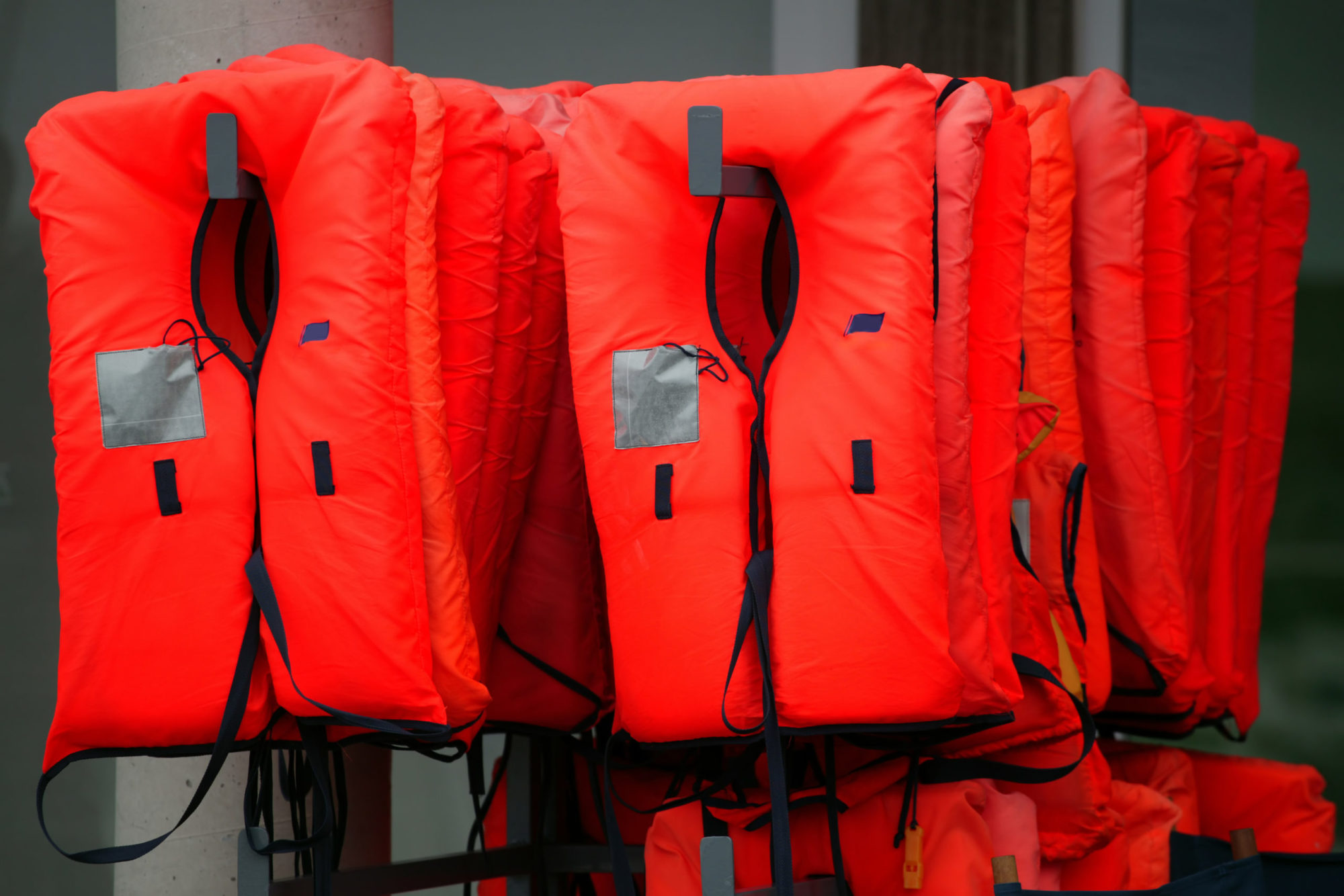Exploring the vast and open waters can be a thrilling adventure, whether you’re sailing on a tranquil lake or navigating the high seas. However, with the serenity and excitement of boating comes an intrinsic set of responsibilities and potential risks that every boater must acknowledge. Among these, the importance of wearing a life jacket cannot be overstated. Life jackets are a crucial aspect of boating safety, providing critical buoyancy in emergency situations and significantly increasing the chance of survival should an unexpected incident occur.
Despite advancements in boat safety technologies and widespread education campaigns, many individuals still underestimate the value of this simple yet lifesaving device. Statistics consistently show that drowning remains one of the leading causes of boating-related fatalities, and many of these tragic events could have been prevented with the proper use of a life jacket. As boating enthusiasts and advocates for water safety, it’s imperative that we understand the essential role life jackets play and prioritize their use every time we set foot on a boat. By doing so, we honor the principle of safety first, ensuring that our time spent on the water is as safe as it is enjoyable.
Why Life Jackets are Essential
Unpredictable Water Conditions: Water conditions can change rapidly, posing a risk even to skilled swimmers. A life jacket provides necessary buoyancy in unexpected situations.
Accidents Happen Quickly: Boating accidents can occur without warning, leaving little time to react. Wearing a life jacket at all times on the water is a proactive safety measure.
Preventing Drowning: The primary purpose of a life jacket is to prevent drowning by keeping you afloat, crucial for non-swimmers and children.
Legal Compliance: In many areas, wearing a life jacket is not only advised but legally required, with penalties for non-compliance.
Choosing the Right Life Jacket
Size and Fit: A properly fitting life jacket is vital. It should be snug, yet comfortable, appropriate for your body weight and shape.
Type of Activity: Different water activities might require specific types of life jackets, such as those designed for kayaking versus wakeboarding.
Visibility: Opt for life jackets in bright colors with reflective materials to enhance visibility in emergency situations.
Comfort and Mobility: A good life jacket should allow freedom of movement without compromising safety.
Setting a Good Example
As a boater, you set the standard for others. Consistently wearing a life jacket promotes a culture of safety and encourages others to follow suit.
Conclusion
A life jacket is a simple yet vital safety tool. Regardless of your experience level, it’s crucial to make wearing a life jacket a consistent practice. Remember, safety on the water is paramount, and a life jacket can make all the difference in an emergency.
Site created by Steve Stedman of Stedman Solutions, llc.